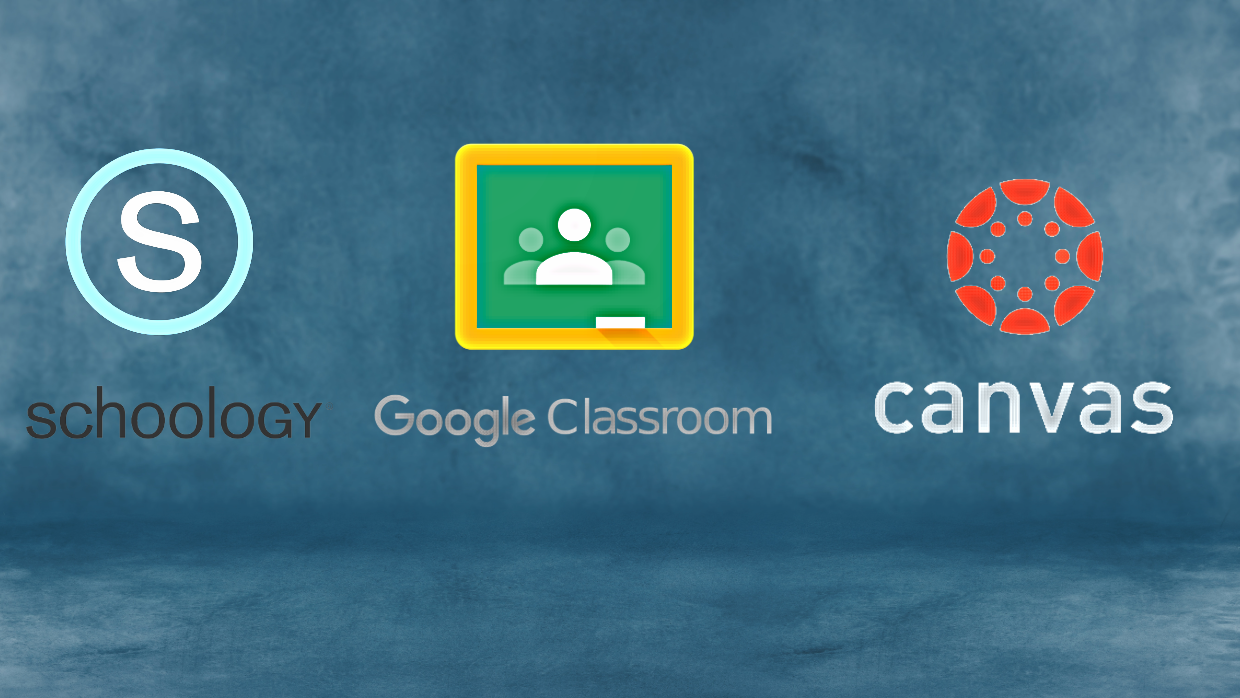By Soleil Shah
Prior to Covid 19, most elementary, middle, and high schools did not use platforms such as Microsoft Teams, Schoology, and Google Classroom. Google Classroom was launched in 2014, Schoology in 2009, and Teams in 2017. In the pre-Covid era, K-12 classrooms had no apparent need for an online system to track lessons and assignments. Students would traditionally receive assignments on paper or through textbooks, and students would be responsible for writing down important dates on a personal calendar or to do list.
Platforms like Schoology allow teachers to “post” assignments, test dates, and lesson plans. Students can contact their teachers and peers through these online systems, and they have accessibility to notes and PowerPoints. At Ponte Vedra High School (PVHS), many students cannot imagine attending school without Schoology, which is the Learning Management System (LMS) used widely throughout the St. Johns County School District. Senior Scarlett Mathis commented, “I think Schoology is a beneficial platform because it allows me to see what assignments I have to complete.”
According to a survey conducted by We Are Teachers, Google Classroom is the most preferred LMS for K-12 schooling. Schoology comes in second and Canvas falls third. Canvas is widely used in most college or university settings. Google Classroom’s popularity is due to its specialized tools such as Google Docs, Slides, Sheets, Calendar, and Forms that all integrate smoothly with tools teachers might have already been using. Preferred choice of platform is debatable, as each one has slightly different features that accommodate students’ tastes. Senior Minh Nguyen said he likes Canvas better than Schoology due to Canvas’ unique “clean interface.” On the other hand, sophomore Connie Bowden said, “I have used Canvas before for certain classes, I prefer Schoology.” Most school principals have no say in which LMS will be utilized at their school; the decision is up to “school boards, superintendents, or IT directors.”
“I have used Canvas before for certain classes, I prefer Schoology.”
Connie Bowden (10)
According to EDWeek Market Brief, “education technology” usage jumped up 90 percent following the initial school closures during Covid. While adoption surged during the pandemic, evidence shows a partial decline since. It hasn’t been a full drop-off, but use of ed tech has settled with sustainingly elevated levels compared to pre-COVID.
Dependence on these platforms has led to some unintended consequences, according to Distance Learning Institute. For example, not all students benefit equally from these platforms. Those without stable internet access or access to essential resources such as printers face additional barriers to completing assignments and staying engaged. The constant availability of platforms like Canvas and Microsoft Teams can blur the boundaries between school and home. Students have 24/7 access to assignments and course materials, creating a sense that school is always “on,” which could contribute to stress and a feeling of never being able to disconnect. Another concern some students reported is over dependency on Schoology and Google Classroom. Several PVHS students admitted to using Schoology as a crutch in that they no longer feel the need to take extensive notes because teachers will end up posting their lecture presentations online.
Schools look different from the way they did pre-covid, and the future of schooling might look completely different from today. Current seniors began using online platforms in early middle school while current freshmen would have been exposed to education technology since second grade. In a span of only a few years, many aspects of learning can change and develop.
Graphic by Philip Berkwit





